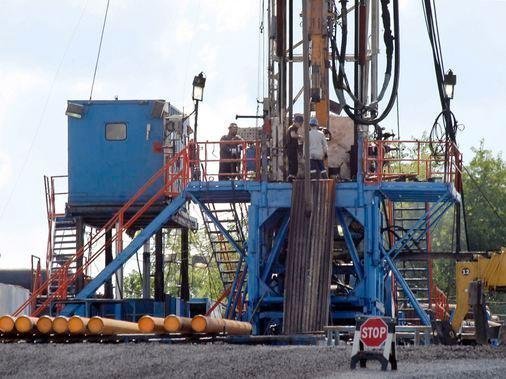
The Great Rural-Urban Divide Is at the Heart of the Energy Debate
Stephen Heins
Energy Consultant
Census data reveals a fundamental fact about our great rural-urban divide on energy. Rural folks are the makers. Urban folks are the uninformed takers.
While many urban areas (e.g., New York City, Los Angeles, San Francisco, Chicago, Philadelphia, Boston, Seattle) have controlled much of the media and political discussion about fracking and climate change, it is our the rural areas that are actively pursuing a more balanced approach to energy and economic development in the US. This is but a part of the rural-urban divide but a most important part.
There is one factoid that most accurately describes the great divide between the city and the country: “Rural areas cover 97 % of America’s land, but contain only 19.3 % (about 60 million people),” wrote Census Bureau Director John H. Thompson in a news release from late 2016. Here are the essentials (emphasis added):
As the nation’s largest household survey, the American Community Survey is the only annual dataset that produces this range of statistics for all of the nation’s 3,142 counties. For the three-fourths of all counties with populations too small to produce single-year statistics (2,323 counties), it is the only available dataset.
“Rural areas cover 97 percent of the nation’s land area but contain 19.3 percent of the population (about 60 million people),” Census Bureau Director John H. Thompson said…
There were about 47 million adults 18 years and older living in rural areas. Most adults in both rural and urban areas owned their own homes but the percentage was higher in rural areas (81.1 percent compared with 59.8 percent). Adults in rural areas were also more likely to live in single-family homes (78.3 percent compared with 64.6 percent) and live in their state of birth (65.4 percent compared with 48.3 percent). Veterans comprised 10.4 percent of the population of adults in rural areas compared with 7.8 percent of adults in urban areas.
Adults in rural areas had a median age of 51, making them older compared with adults in urban areas with a median age of 45. They had lower rates of poverty (11.7 percent compared with 14.0 percent) but were less likely to have obtained a bachelor’s degree or higher (19.5 percent compared with 29.0). Rural communities had fewer adults born in other countries compared with those in urban areas (4.0 percent compared with 19.0 percent).
The 270 million or so urbanites need to be reminded that they know precious little about rural life and yet feel intellectually and morally superior to it.
Ultimately, the rural areas control most of the American private property rights, which is surely just as important as the First Amendment. In all fairness, the rural population deserves to have more effective control over their land, their water, and their economic lives.
In terms of emission reduction strategies, the Shale Revolution (done mostly on rural land) has reduced more emissions that any carbon tax, cap and trade, state or national mandates, or renewables.
Both of these factors are critical to the welfare of urbanites, yet while understanding so little about how their energy is made, they have such massive political power to control it. Therein is the biggest part of the rural-urban divide. How do we reach and educate these city folks?






